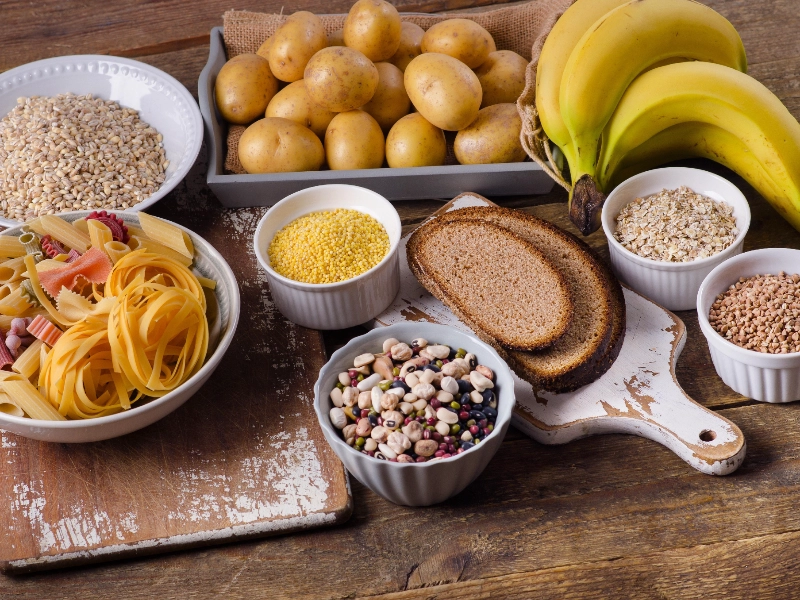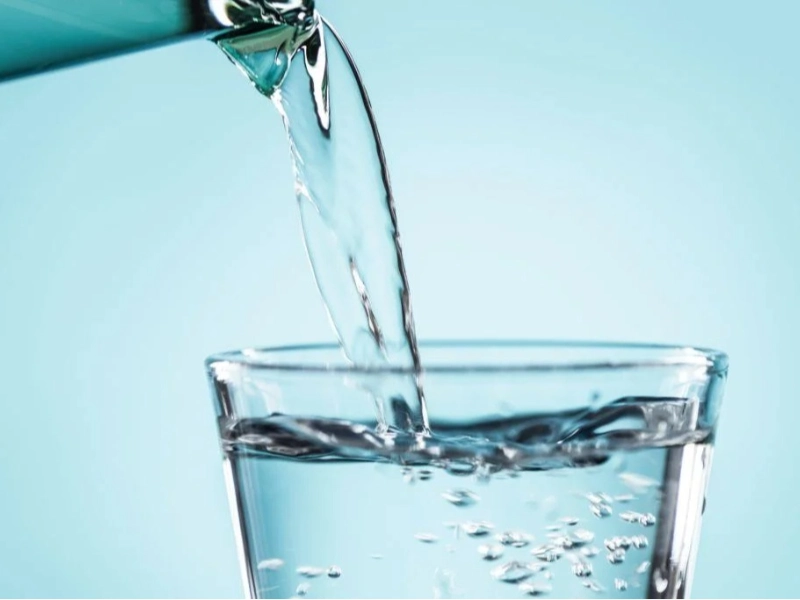Pilates is an effective workout that strengthens the muscles around your joints and aids in injury prevention. Understanding how to properly fuel and recover from your Pilates sessions is crucial for maximizing benefits. After completing a Pilates session, it's essential to consume a mix of carbohydrates and protein to replenish energy stores and support muscle recovery. Staying hydrated with water and electrolyte-rich beverages throughout the day is also important.

 Pilates emphasizes balance and stability, which helps protect injured areas as you move. Strengthening deep muscles that stabilize joints makes movement more efficient, reducing the risk of injury while enhancing workout effectiveness.
Experiencing soreness after a Pilates session is common, especially if you've increased intensity or are returning after a break. This muscle soreness, known as delayed onset muscle soreness (DOMS), typically develops 12 to 24 hours post-exercise as your muscles repair themselves.
It's important to consider this soreness when assessing your recovery. Instead of jumping back into high-intensity workouts, gradually returning to Pilates can help prevent overworking injured muscles and facilitate healing. Start slowly, listen to your body, and consider using a foam roller to alleviate tightness. A hot-and-cold shower can also be an effective recovery method for sore muscles.
Pilates emphasizes balance and stability, which helps protect injured areas as you move. Strengthening deep muscles that stabilize joints makes movement more efficient, reducing the risk of injury while enhancing workout effectiveness.
Experiencing soreness after a Pilates session is common, especially if you've increased intensity or are returning after a break. This muscle soreness, known as delayed onset muscle soreness (DOMS), typically develops 12 to 24 hours post-exercise as your muscles repair themselves.
It's important to consider this soreness when assessing your recovery. Instead of jumping back into high-intensity workouts, gradually returning to Pilates can help prevent overworking injured muscles and facilitate healing. Start slowly, listen to your body, and consider using a foam roller to alleviate tightness. A hot-and-cold shower can also be an effective recovery method for sore muscles.
 Pilates promotes the growth of new muscle tissue, increasing strength and tone. During this process, muscles require adequate fuel, and hydration is essential for flushing out toxins released during workouts.
Many injuries arise from or are exacerbated by muscle imbalances. Pilates focuses on balanced movements that engage all major muscle groups without overworking any single area. This method also enhances proprioception, improving your awareness of body position and balance.
Soreness is a natural response after a Pilates workout, and even experienced practitioners may encounter it occasionally. DOMS occurs as muscles sustain damage and require repair.
While some may prefer to rest immediately after Pilates, engaging in active recovery—such as a light walk—is more beneficial for sore muscles. Gentle activity promotes blood flow and helps clear lactic acid, speeding up the healing process.
Pilates promotes the growth of new muscle tissue, increasing strength and tone. During this process, muscles require adequate fuel, and hydration is essential for flushing out toxins released during workouts.
Many injuries arise from or are exacerbated by muscle imbalances. Pilates focuses on balanced movements that engage all major muscle groups without overworking any single area. This method also enhances proprioception, improving your awareness of body position and balance.
Soreness is a natural response after a Pilates workout, and even experienced practitioners may encounter it occasionally. DOMS occurs as muscles sustain damage and require repair.
While some may prefer to rest immediately after Pilates, engaging in active recovery—such as a light walk—is more beneficial for sore muscles. Gentle activity promotes blood flow and helps clear lactic acid, speeding up the healing process.
 Whether aiming to prevent injuries or recover from them, Pilates offers a safe and effective way to build strength. Its low-impact movements maintain mobility and flexibility while promoting core stability.
The focus on lengthening and strengthening all major muscle groups in a balanced manner helps prevent muscular imbalances that can lead to injury. Research published in the Journal of Bodywork and Movement Therapies indicates that Pilates can reduce injuries by activating deep stabilizing muscles around the pelvis and spine.
Additionally, Pilates enhances body awareness through proper breathing and form, which is particularly important for those recovering from injuries or seeking to avoid discomfort. Working with a qualified instructor or physical therapist who understands individual limitations allows for safe adaptations of Pilates for every fitness level. Prioritizing nutritious foods can significantly enhance your Pilates experience and accelerate recovery after exercise.
Whether aiming to prevent injuries or recover from them, Pilates offers a safe and effective way to build strength. Its low-impact movements maintain mobility and flexibility while promoting core stability.
The focus on lengthening and strengthening all major muscle groups in a balanced manner helps prevent muscular imbalances that can lead to injury. Research published in the Journal of Bodywork and Movement Therapies indicates that Pilates can reduce injuries by activating deep stabilizing muscles around the pelvis and spine.
Additionally, Pilates enhances body awareness through proper breathing and form, which is particularly important for those recovering from injuries or seeking to avoid discomfort. Working with a qualified instructor or physical therapist who understands individual limitations allows for safe adaptations of Pilates for every fitness level. Prioritizing nutritious foods can significantly enhance your Pilates experience and accelerate recovery after exercise.